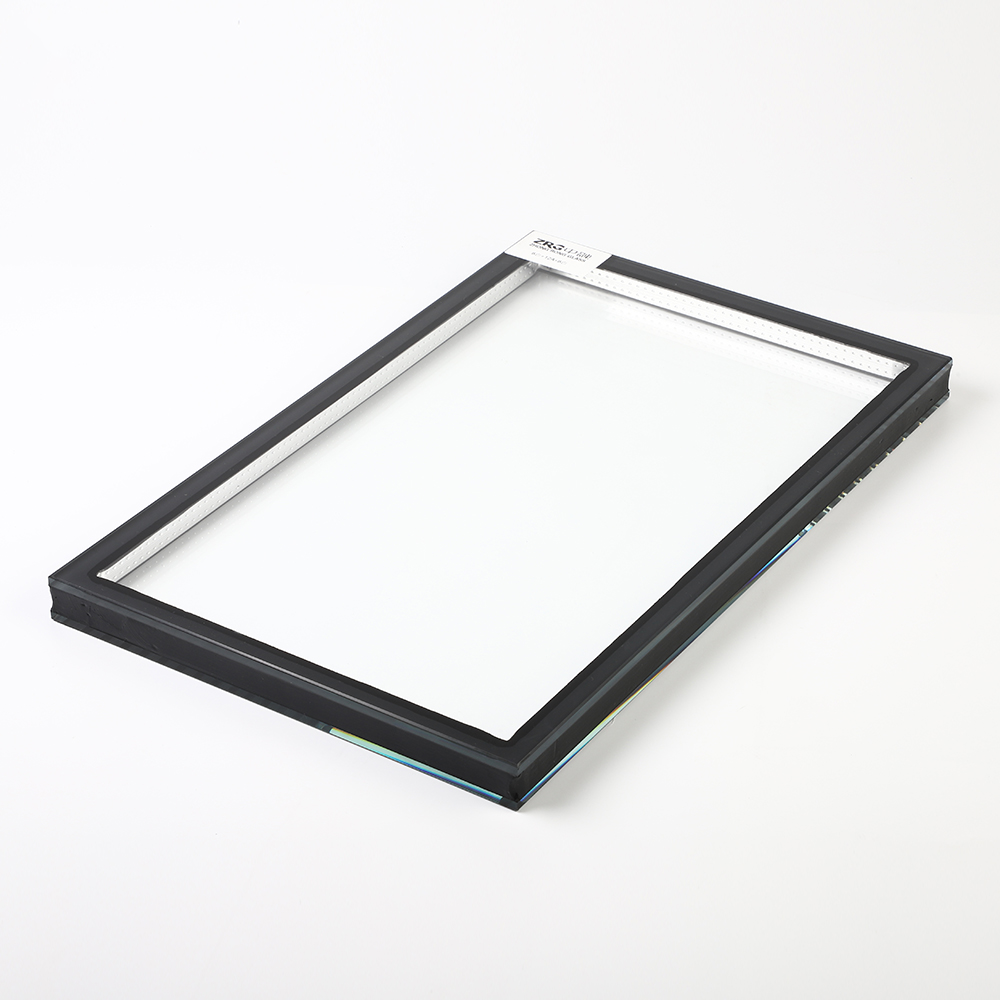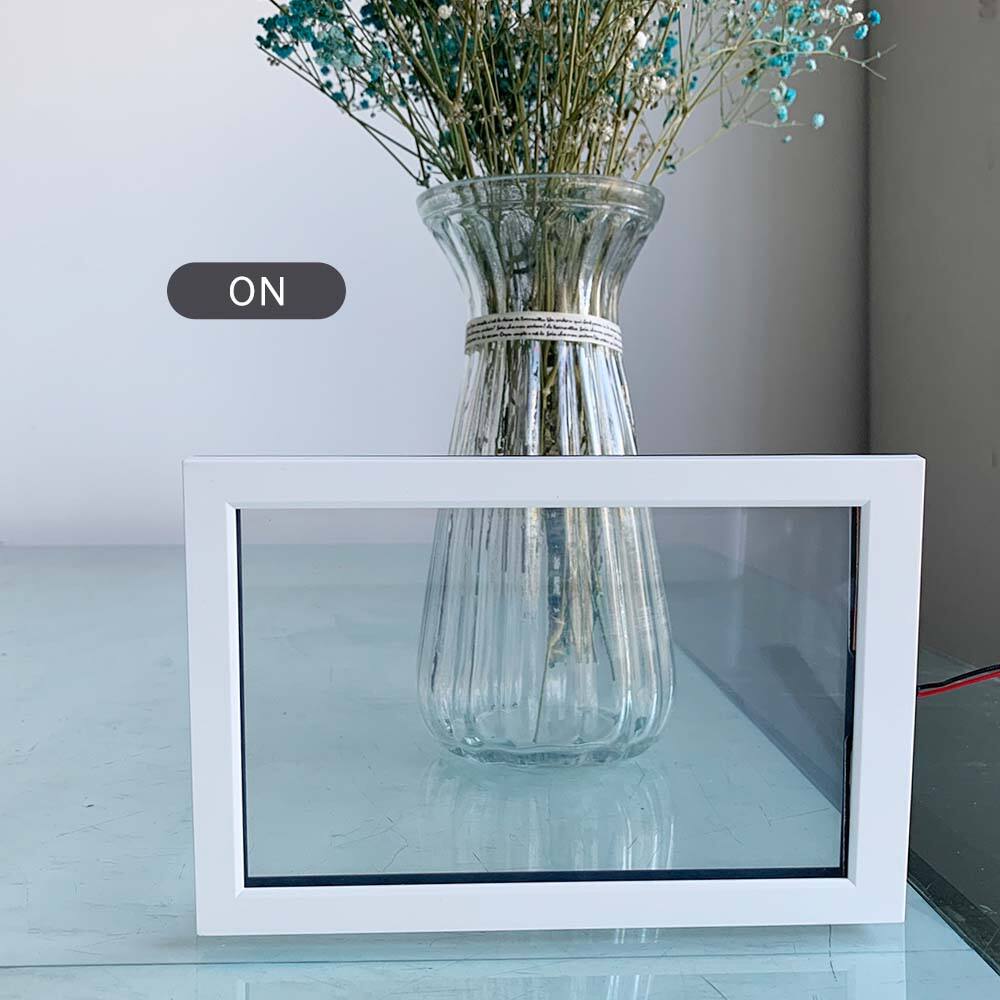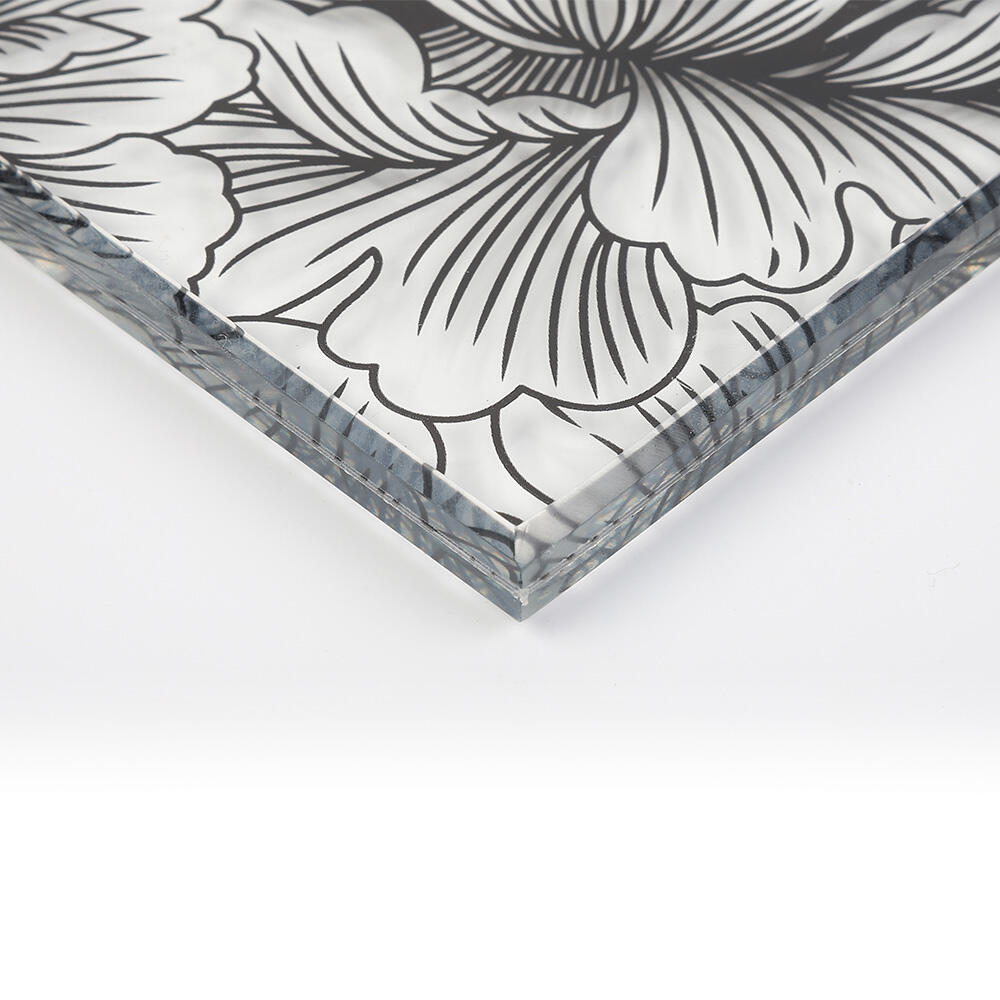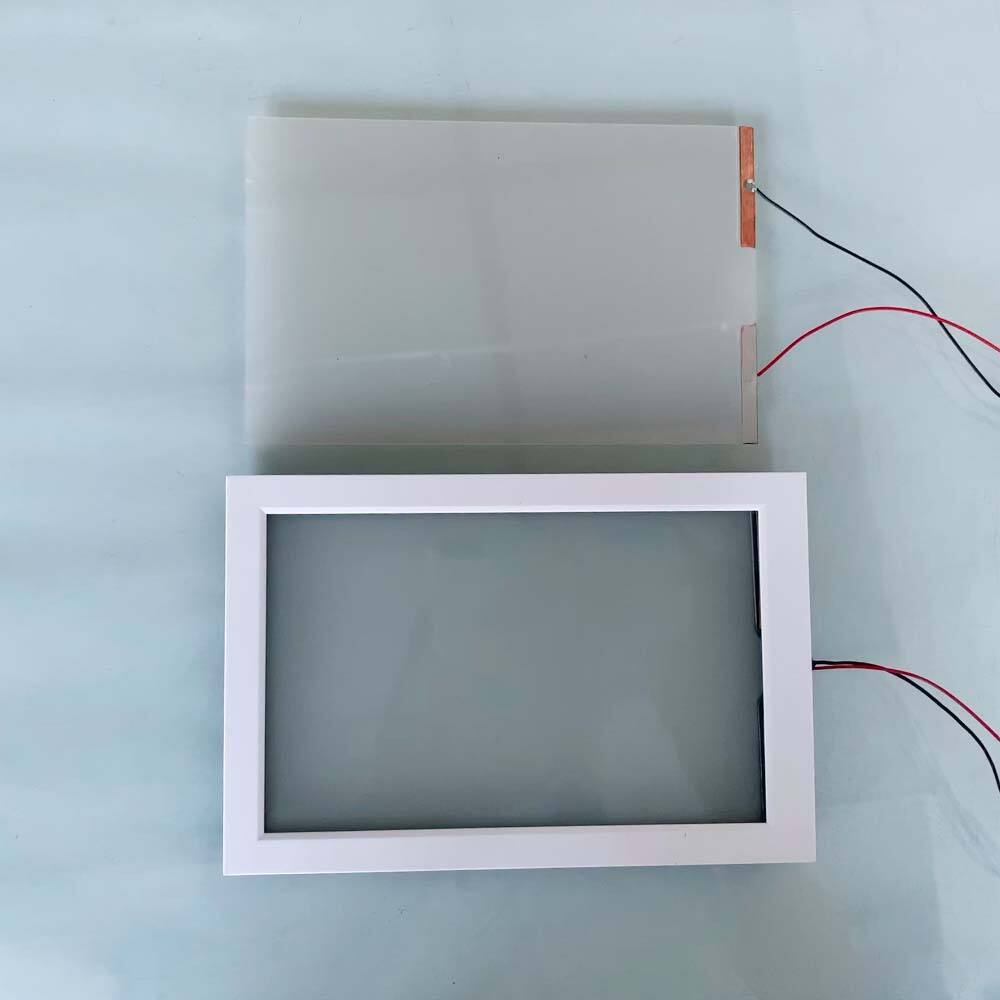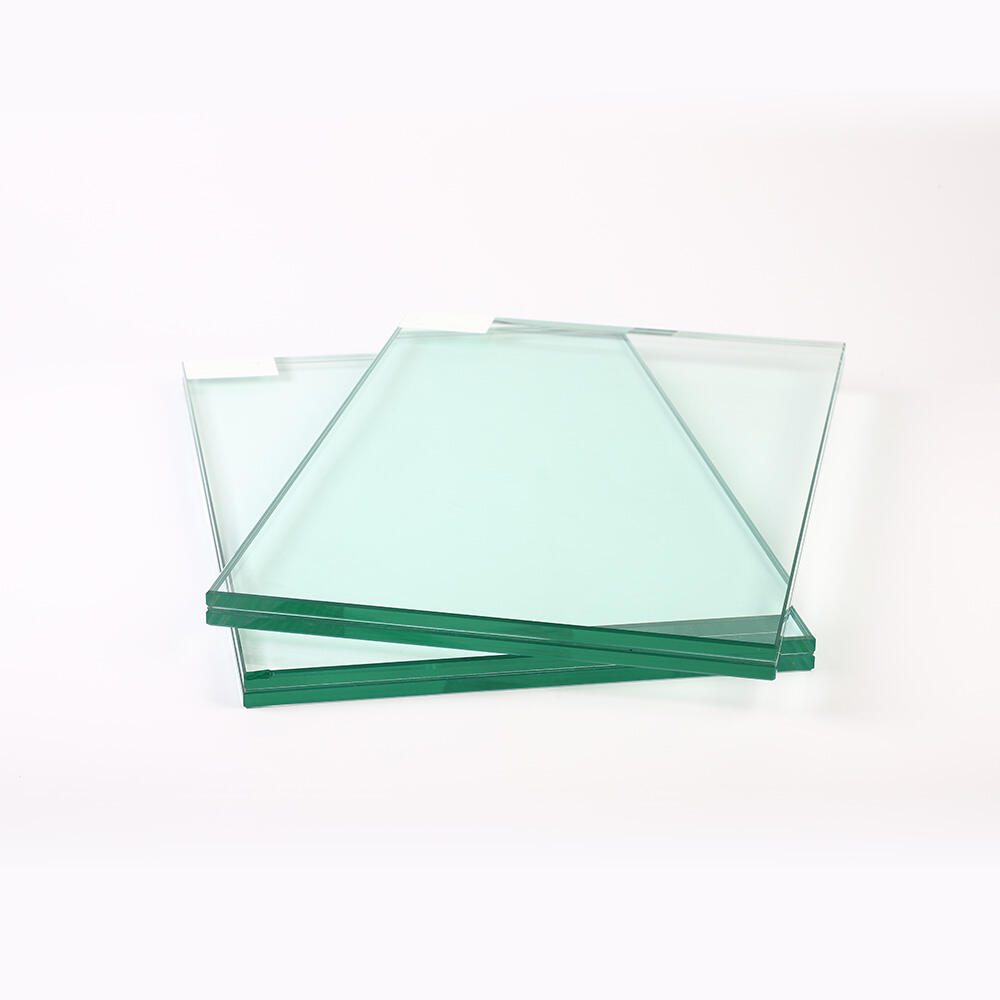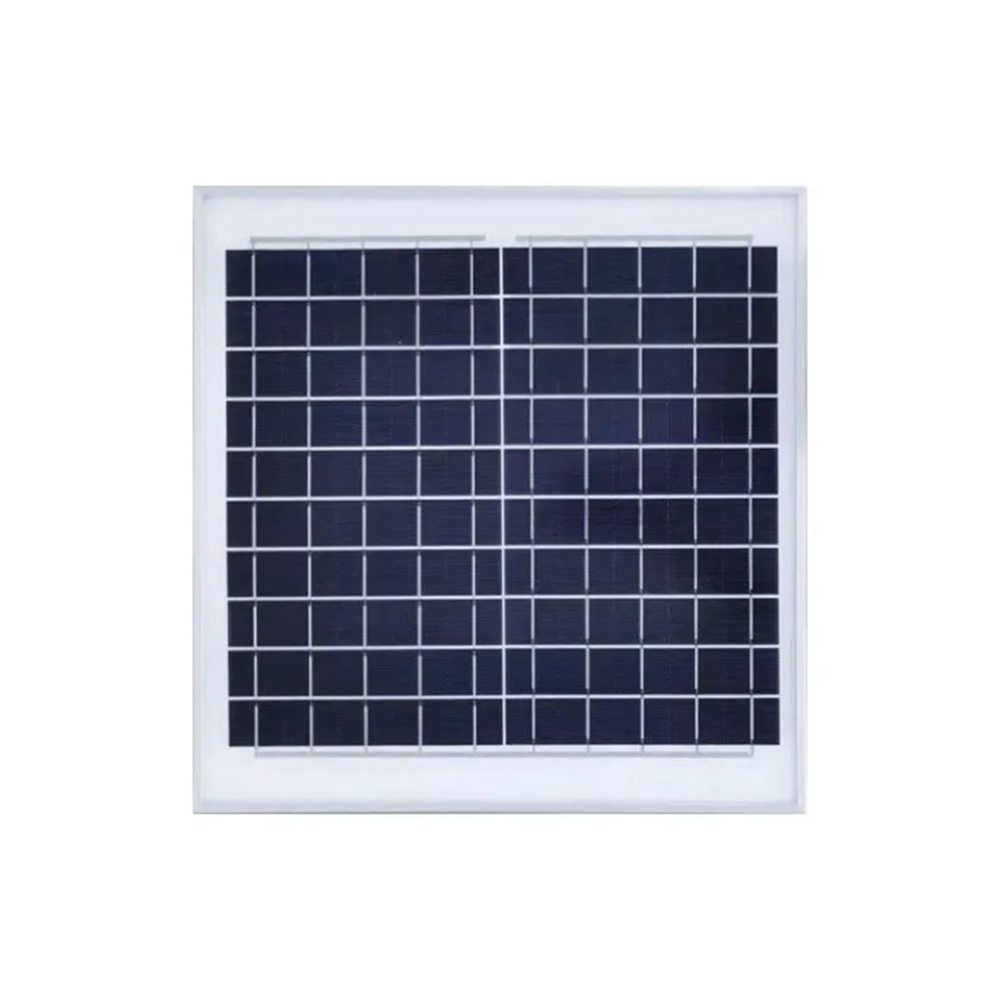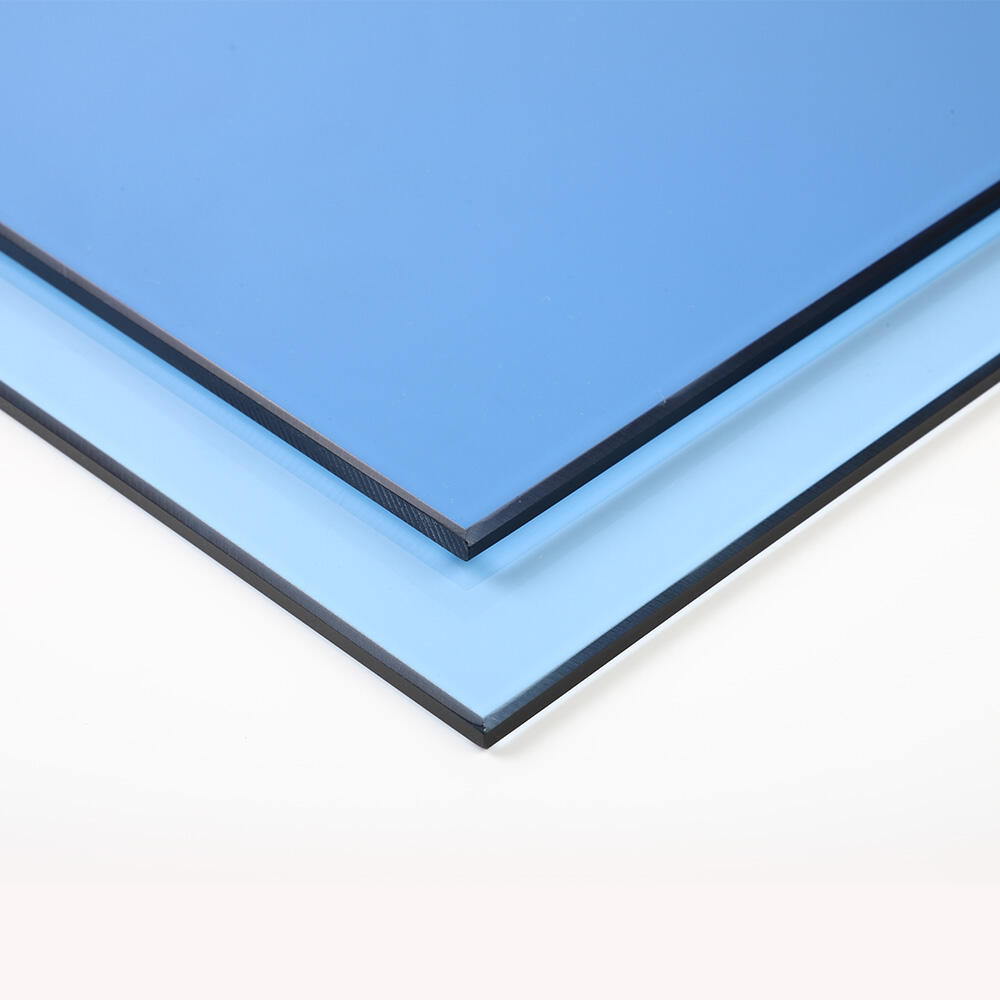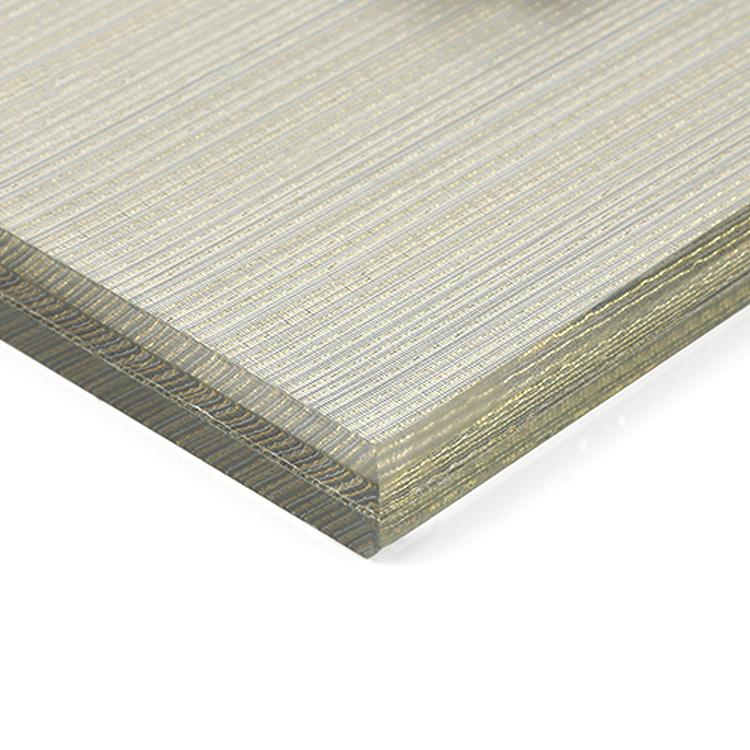Safety and Security: The Role of Laminated Glass in Construction
Understanding the Importance of Laminated Glass in Construction
Laminated glass plays a key role in today's building projects because of how safe and strong it is. Basically, this special kind of safety glass has at least two layers of regular glass stuck together with something called PVB, short for polyvinyl butyral. When manufacturers make laminated glass, they press these layers together with heat and pressure so the PVB really holds everything in place while making the whole thing tougher than standard glass. Another great thing about laminated glass? It blocks out noise pretty well too. That's why architects often specify it for places where quiet matters most, like near busy roads or inside recording studios where even small sounds can be distracting.
Laminated glass brings some serious safety advantages to places where people really need protection. When something hits this type of glass, it stays together instead of shattering into dangerous pieces, which cuts down on injuries from those nasty glass shards. That's why we see it so much in schools, office buildings, and even residential properties these days. Architects love working with laminated glass too, especially for things like handrails around balconies or in double glazed windows. The stuff holds up well under stress while still looking good, so building owners get both security and style in one package. Some folks might not realize how versatile this material actually is until they start seeing it everywhere.
Safety Benefits of Laminated Glass in Construction
Laminated glass really boosts safety and security because it stands up better against break-ins than regular glass does. When someone tries to break through, the multiple layers stick together instead of shattering completely, which makes it much harder for intruders to get inside. Property managers have noticed this difference over time. A study from last year looked at neighborhoods where most buildings had switched to laminated glass and found that reported break-ins dropped by about 30% in those areas. Burglars tend to move on when they see laminated windows since their tools just aren't effective against them. Homeowners who install this type of glass often mention feeling safer at night, knowing that even if someone manages to crack the surface, the glass won't let go easily. Plus, many insurance companies offer discounts for properties with these security features installed.
Laminated glass stands up well against impacts, which is why many builders choose it for buildings in places where severe weather hits hard, think hurricanes or earthquake zones. When strong forces hit, this type of glass doesn't break into sharp pieces, so people aren't cut by flying glass shards. Safety groups including the National Glass Association have found that when laminated glass gets installed in regions prone to storms, there are fewer injuries during these events plus less structural damage overall. What makes laminated glass so good? Well, it just holds together better than regular glass does when things get really intense. That means folks staying safe inside their homes or businesses during bad weather, and their possessions remain protected too.
Applications of Laminated Glass in Building Projects
Laminated glass plays a pretty important role in residential and commercial buildings these days. Architects love using it for windows, skylights, doors, even building exteriors because it keeps people safe while looking really good too. When designers want something special, they often go for colored versions or decorative laminated glass that makes buildings stand out visually without sacrificing those safety benefits. That's why we see so much laminated glass in contemporary architecture these days it just works so well at combining looks with practical protection requirements.
When looking at places where accidents might happen, laminated glass really stands out for spots like schools, bus stations, and buildings near the coast. Safety glass just makes sense there because it holds up better against damage from whatever comes its way. Take those busy train platforms for example the glass there takes a beating from people bumping into it all day long plus occasional graffiti or worse. Coastal homes face another challenge salt air eats away at regular glass over time, but laminated versions hold their own against storms and harsh sun exposure. Architects who spec this type of glass aren't just thinking about safety they actually create spaces that look good too. That's why we see it popping up everywhere from modern office buildings to historic renovations these days.
Laminated Glass vs. Other Glazing Options
When looking at laminated versus tempered glass, each has different pros and cons that determine where they work best in buildings. Laminated glass stands out for safety reasons because when something hits it, the glass stays together instead of shattering into pieces, so people aren't cut by sharp edges. That's why architects often specify this type for areas like schools or shopping centers where safety matters most. Tempered glass handles heat changes much better though, making it a good choice for places like bathroom showers or outside windows that get hot during the day and cool off at night. Industry data shows laminated glass typically costs more upfront but pays off in long term benefits like enhanced security against break-ins and better noise control between rooms. For many commercial projects, especially those needing both safety and acoustic performance, the extra investment makes sense despite higher initial expenses.
Laminated glass goes beyond what regular glass can offer when it comes to safety, plus it brings extra perks such as blocking UV light and cutting down on outside noise. The fact that it stops most harmful UV radiation means furniture inside buildings stays looking newer longer, something property managers really appreciate. Plus, the way laminated glass is constructed actually cuts down on street sounds and other noises that would otherwise penetrate through standard windows, which makes spaces much more comfortable for people working or living there. Sure, traditional glass might cost less upfront, but what many builders are discovering is that they end up spending more money fixing damage from broken glass and dealing with higher maintenance costs over time. For anyone serious about green building practices today, laminated glass just makes better sense both environmentally and economically in the long run.
Product Showcase: Laminated Glass Solutions
Laminated glass stands out because of how tough and safe it really is, which explains why so many builders rely on it today. Our product line includes this type of glass that offers top notch protection against break-ins while also keeping unwanted noise at bay. We see it used all over the place from building exteriors to those fancy glass railings people love installing nowadays. What makes laminated glass special is that when something hits it hard, instead of shattering into dangerous pieces, it holds together much better than regular glass would. This means fewer injuries during accidents or emergencies in homes and offices alike. Another great thing about laminated glass? Those special layers between the panes actually cut down on outside sounds getting through. That's why hospitals, schools, and even busy restaurants often choose laminated options for their windows and doors.
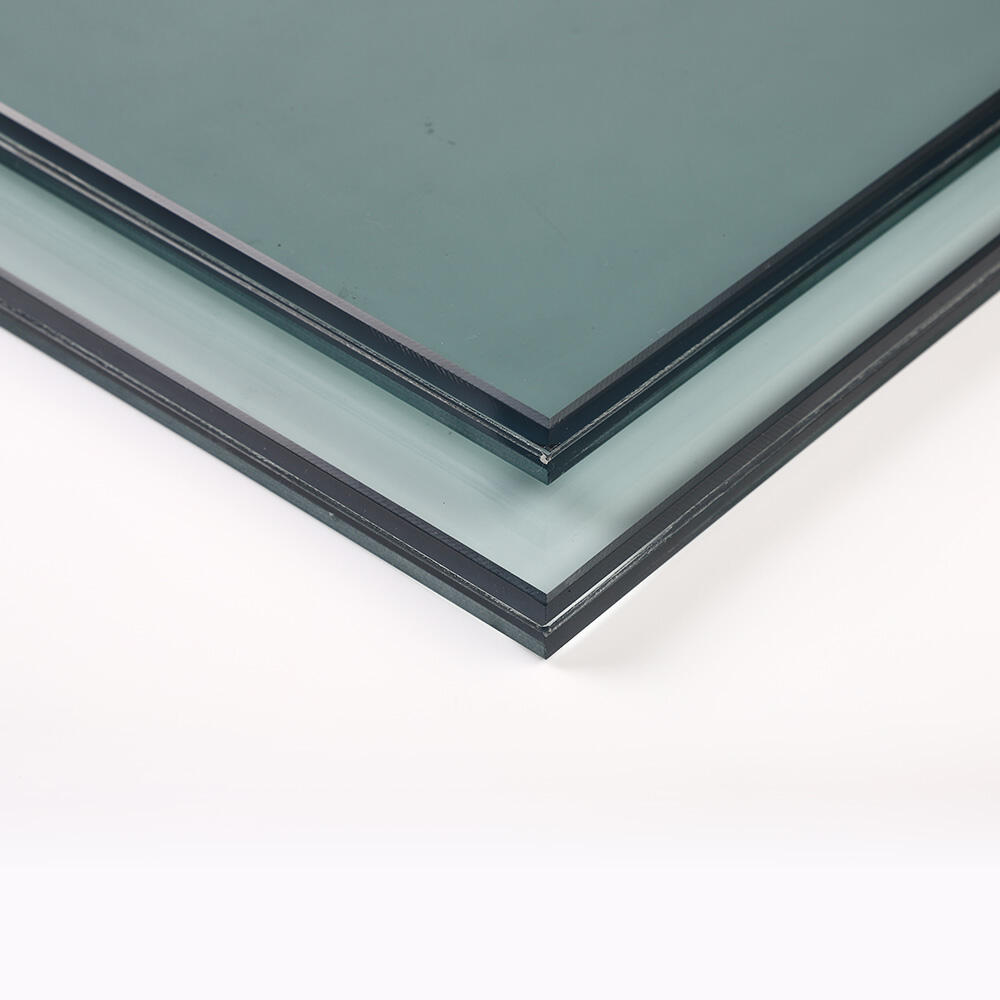
New developments in laminated glass production keep expanding what's possible with this versatile material. Recent improvements have made glass both more efficient at saving energy and tougher against wear and tear from different weather conditions. Take for instance the Tempered TPS 4SG warm edge insulating glass. What makes this product stand out? It features a special thermal plastic spacer that boosts insulation performance quite dramatically. Buildings equipped with this type of glass see noticeable reductions in heat escaping through windows during cold months. Indoor temperatures stay more consistent throughout the day, making spaces more comfortable for people inside while cutting down on heating costs. As architects and builders look for ways to make structures greener, these kinds of innovations represent where the industry is headed in terms of sustainable construction materials.
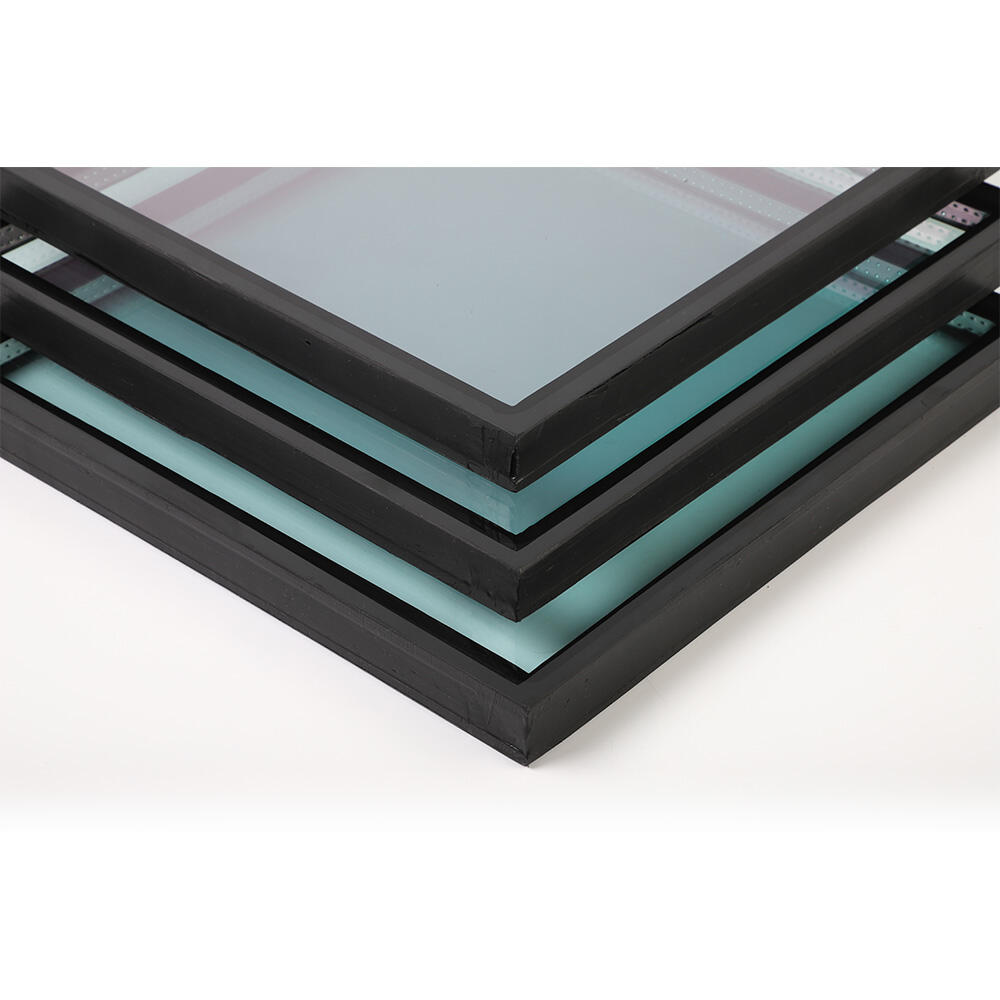
Maintaining and Caring for Laminated Glass
Taking care of laminated glass makes all the difference when it comes to how long it lasts and looks good over time. For cleaning, grab a damp microfiber cloth or even old newspaper works fine too. Pair that with any glass cleaner that doesn't contain ammonia and gently go over the surface. This approach keeps things looking sharp without leaving behind those annoying scratches everyone hates. Stay away from harsh cleaners or rough scrubbing pads because these will actually harm the glass itself. Just a quick wipe down regularly keeps everything looking great while still doing what it's supposed to do structurally speaking. Most folks don't realize how much difference proper care makes in preserving both appearance and functionality.
Taking good care of laminated glass installations over time helps extend how long they last while keeping everyone safe. Inspections should happen regularly, maybe every few months depending on usage conditions. Look closely at the edges and surfaces for chips, cracks, or areas where layers might be separating from each other. Small issues tend to get worse with time if left unchecked. When problems do show up, getting them fixed right away matters a lot for maintaining both structural strength and overall safety standards. Watch out for extreme temperature swings too since glass expands and contracts differently than surrounding materials. Also avoid situations where water gets trapped between layers because that leads to all sorts of trouble down the road. Regular maintenance combined with quick responses to minor issues keeps laminated glass functioning properly for years in buildings across different environments.
Future Trends in Laminated Glass for Construction Safety
Technology is changing what we expect from laminated glass these days, making it safer while also greener overall. Right now, manufacturers are working hard to incorporate all sorts of smart stuff into their products so they last longer and use less energy. Take electrochromic glass for instance it actually adjusts how transparent it gets depending on sunlight levels, helping buildings stay comfortable without needing so much air conditioning. The glass industry isn't stopping there either. Many firms are experimenting with different kinds of layers inside the glass panels that stick together better and protect against impacts much more effectively than traditional options. Some big names in construction materials have already started testing prototypes with these advanced properties.
Laminated glass markets are seeing impressive growth these days because people want safer buildings and there's a big push for green construction methods. According to recent figures from SNS Insider, we're looking at a market size jumping from around 22.7 billion dollars back in 2023 all the way up to nearly 39.2 billion by 2032. That represents pretty solid growth at about 6.25% per year. Much of this expansion comes from European countries leading the charge toward buildings that save energy, something that has become increasingly important across the continent. The auto industry also plays a role here too. Car manufacturers need lots of safety glass for windshields and side windows, which keeps pushing up demand for laminated products in their factories.
Recommended Products
Hot News
-
The Amazing Properties and Uses of Glass
2024-01-10
-
Production raw materials and processes of glass products
2024-01-10
-
Co-create the future! A delegation from Atlantic El Tope Hotel visited our company
2024-01-10
-
ZRGlas Shines at Sydney Build EXPO 2024, Innovative Products Spark High Interest Among Clients
2024-05-06
-
How Low-E Glass Can Cut Energy Costs and Boost Insulation
2024-09-18

 EN
EN
 AR
AR
 CS
CS
 DA
DA
 NL
NL
 FI
FI
 FR
FR
 DE
DE
 EL
EL
 IT
IT
 JA
JA
 KO
KO
 PL
PL
 PT
PT
 RU
RU
 ES
ES
 TL
TL
 IW
IW
 ID
ID
 SR
SR
 SL
SL
 UK
UK
 VI
VI
 HU
HU
 TH
TH
 TR
TR
 FA
FA
 AF
AF
 MS
MS
 UR
UR
 HA
HA
 LO
LO
 LA
LA
 MI
MI
 MN
MN
 TA
TA
 TE
TE
 MY
MY
 SI
SI
